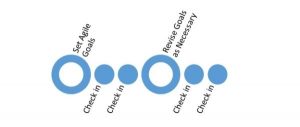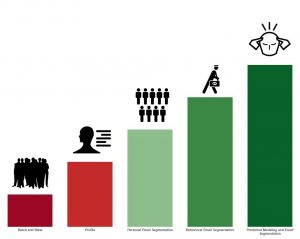— August 25, 2017
 Four Basics To Improve Billable Hours
Four Basics To Improve Billable Hours
Optimizing your utilization rate starts with a thorough understanding of your company’s unique internal makeup on a broad and granular level. The more detail you have, the better. Here are four areas where you should pay close attention:
- Record Every Hour … and Every Minute. Do your employees log actual or estimated time? Are you tracking all hours, including non-billable hours spent on marketing and sales? Remember, the goal is to grow the billable portion. To do this, you need to know how each employee spends every moment of their time.Thankfully, you don’t need to micromanage. By implementing a company-wide BI solution, your employees can report hours in real-time from any device, allowing you to capture the spare minutes devoted to minor tasks. A smart project management dashboard will publish the data as productivity KPIs, which can include the utilization rates of individual employees. This makes it easier to target and address underperformance within your staff.
- Determine What’s Billable and What’s Not. Billing for hours isn’t always straightforward. Sure, you know to bill for time employees log, but what about the two-minute phone calls? The email exchanges? Time traveling to meet with clients?Billing for hours can get complicated. Say a client calls you with a few questions about the project after it’s complete. Charging that client or refusing to provide the service could harm your reputation. However, if the client continues to contact you, at some point, you have to start charging. Developing a precise billing structure can help you establish safeguards and manage client expectations.
- Know Your Team. Another way to think about resource utilization is to consider workflow. You need to assign each employee tasks where they excel.A law firm that begins tracking hours in detail may find their high paid attorneys impeded by tasks that could be handled by a paralegal. Likewise, a financial analyst may spend too much time with Excel sheets when the work could be streamlined using SAS software. An employee who is slow to pick up one task may be highly effective at another. Once you understand how your team works, you can tweak their process.
- Track the ROI of Each Project. Not all work is equal. Understanding which sectors and services are most profitable can help you make critical decisions about where to put billable resources.Financial dashboards warehouse all accounting data and deliver real-time insights, helping you make better decisions, faster. By tracking total hours per project — including time spent on marketing and sales — your firm can pinpoint which type of projects have better ROI, as well as identify profit leaks in your operations. Dashboards can also help financial and accounting firms enhance their services by delivering the same depth of information to clients.
Of course, tracking these items means storing and analyzing volumes of data. Operations dashboards — BI software that updates in real-time — can help make sense of your company’s workflow and shift resources towards profit. But there’s a bonus: Because dashboards are visual and shareable, you can use them to show clients your process as it evolves. The result is better communication and a detailed justification of all your billable hours.
Business & Finance Articles on Business 2 Community
(62)
Report Post






